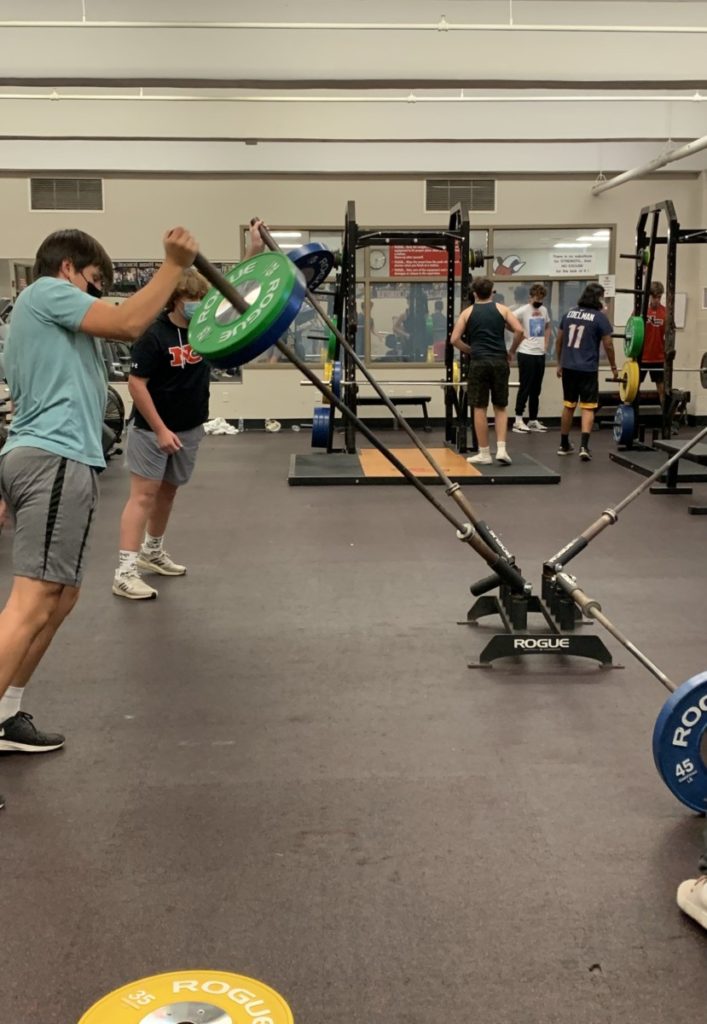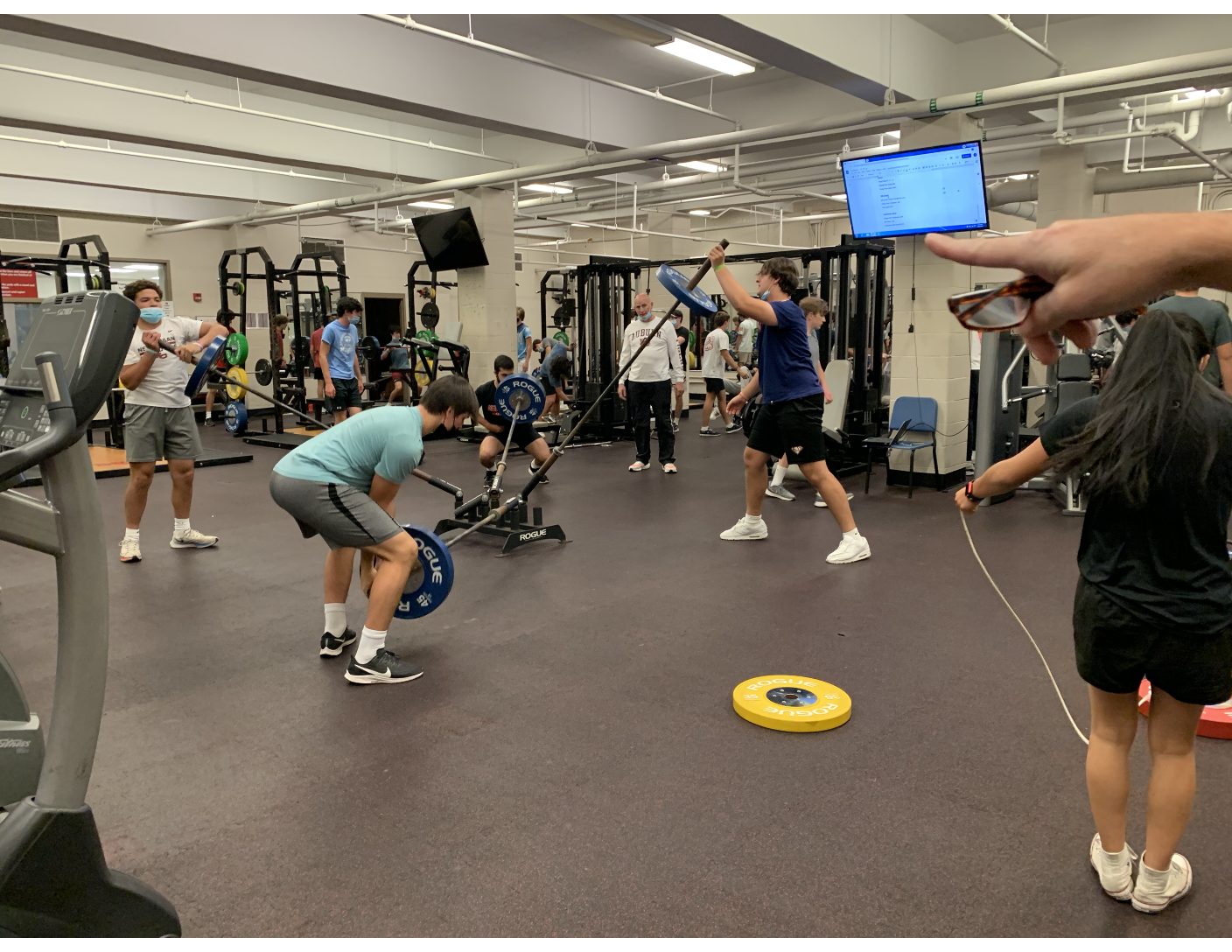Charlotte Beecher, Sports Editor
@Charlottebcour1
The high number of student-athletes at the high school means there is a wide range of abilities in participants. In an attempt to distinguish between ability levels, some sports implement fitness testing at the beginning of the season. What benefits does fitness testing offer?
“We have three different fitness tests, that are all based around VO2 max,” Varsity Soccer Coach Luke Green said. VO2 max is the maximum oxygen you can consume during incremental exercises and exercises with increasing intensity.
“We’re trying to test them to see how well they can do over a prolonged period of time and how much work capacity they can actually get through over the course of a game,” Coach Green said.
The three tests evaluate the different tools needed to successfully compete in the season. “There’s a cooper run which is a 12 minute run around the track and that is a steady state run,” Coach Green said. “There is the Manchester United test, which is a sprint recovery test, and then there is the multi-stage fitness test (or the beep test), which is an incremental test.”

Before Coach Green started coaching the team he said, “They did some strength-based fitness tests, which is definitely important within soccer, but it’s not a determining factor of how players are going to perform,” Coach Green said. “The three tests that we use are ones that myself and Assistant Coach Jack Knight have chosen and feel highlight what we want to see.”
The goal is to pass at least one out of the three fitness tests. However, if you don’t pass any of the fitness tests, you can still be on the team. “It’s not as if they would completely get kicked off if they failed all three, but we would have to have a serious discussion about them being fit enough to play,” Coach Green said. “If they’re not fit enough to complete the test or pass the test, how do we know that we can put them out there without them getting injured, or can they contribute to the team?”
“I think that it helps set a good tone for the team because people want to do well, so it’s the first barometer of seeing how much the people want to work on their own through the summer,” Coach Green said.
Following the implementation of a new head coach, girls volleyball, on the other hand, does not have fitness testing. “The girls used to have a timed run; It was a mile and you had to have it under a certain time,” Varsity Girls Assistant Varsity Coach Amy Warren said. “The girls also used to have a test to see how high they could jump.”
Not having a fitness test might also encourage new players to try out the sport. “Volleyball has so many kids that have never played before, that we would be happy if they were athletic at all and just want to play.” Ms. Warren said.
But having a fitness test can ensure that kids are continuing their training in the weeks and months before tryouts. “Fitness testing is a good benchmark for the coaches to see where we need to go with the team,” Coach Green said. “Do we need to elevate their fitness levels by 10% or by 25%? That impacts the amount of game preparation that we can do as well.”
“For the kids that don’t play sports, it’s important to get the ball running a little early so that way by the time season rolls around, you’re not just sitting on your couch for three months and being still,” assistant basketball coach Terrance Ditimi said. “It also benefits them mentally, to push them to their limits.”




